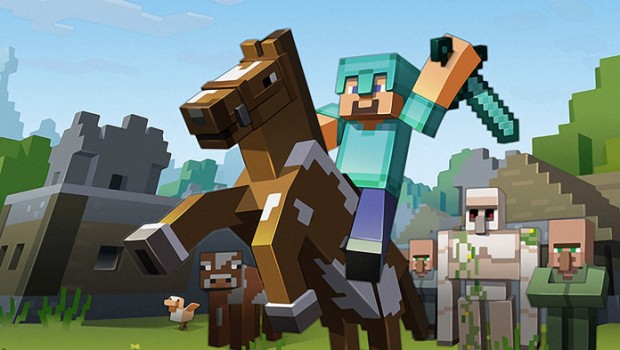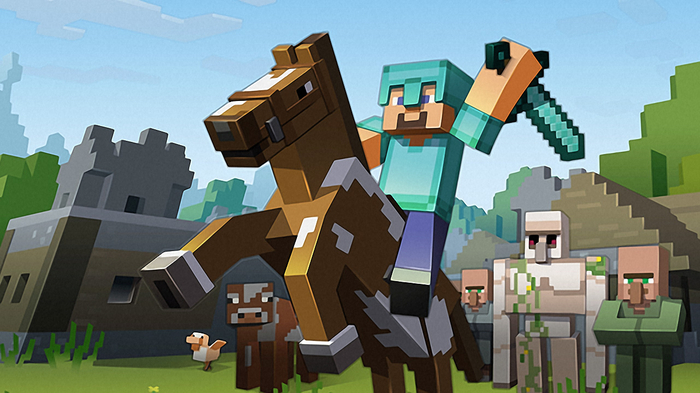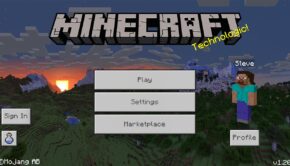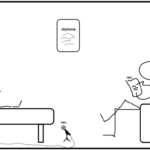Students in Grade 2 Can Earn College Credits by Modding Minecraft!
It’s no secret that the world is changing, perhaps faster than ever before. With huge advances in technology over the last few years and new directions in everything from driverless cars to wearable computing, it’s more important than ever that the students of today become the technologically savvy adults of tomorrow. Learning to code is a huge part of that: the computerization of pretty much everything is here to stay, and being able to design, control and innovate with this new technology has never been more crucial. That’s one reason why companies such as ThoughtSTEM are introducing the ability to obtain college credits for students as young as 8 by the simple expedient of modifying their favourite game.
What is Minecraft?
The cult and commercial hit Minecraft is an open-world sandbox-style video game that centres around players interacting with the game world by placing and breaking various types of blocks in a three-dimensional environment. Players can create structures, their own creations, and artwork on both single-player and multiplayer servers across multiple game modes, like survival mode, creative mode and adventure mode. The game is available on a variety of platforms, from PC (where in 2014 it became the best-selling PC game of all time), to consoles like the Xbox, PlayStation and Wii, to mobile devices on both iOS and Android, and these days even the Raspberry Pi.
The popularity of the game, however, has spawned a huge amount of user-created content, from texture packs, custom maps, and modifications – or mods. Mods are a way to add a variety of gameplay changes, from new types of blocks and items to new types of mechanisms to craft. Mods can enhance gameplay, for example by introducing minimaps and durability counters, or can add elements from other intellectual properties like Pokémon or The Hunger Games. The modding community is vast and committed to modifying the game to make it more fun, and it is this enthusiasm that is being used to fuel the education of students in how to code.
A Crash Course in Minecraft Modding
So what’s the mechanism? Well, ThoughtSTEM has partnered with UC San Diego to ensure that students in Grade 2 and above can take online or in-person classes for college prep credits. Through UCSD’s K-12 College Exploration Program, students will learn about the fascinating world of hardware and software beneath Minecraft, which is built upon 150 years of computer science history. The class, designed for 8 to 18-year-olds, consists of a fun, project-based curriculum built around Minecraft mods, and will introduce students to client/server architectures, network security, operating systems, and computer programming.
Can’t make it to San Diego? Don’t despair: UCSD credit can be learned from anywhere using the online and interactive LearnToMod software. Students get access to an online modding studio, lots of tutorials, and a private server so that mods can be shared and tested. In the modding studio, students can choose between two powerful programming languages, and can invite friends to their private server to help them test things out. And of course there are hundreds of video lessons, puzzles and quizzes to help them learn as efficiently as possible, with unlockable badges available as students level up in coding.
The STEM of the Future
Of course, all this isn’t just meant to make learning fun – although it certainly accomplishes that objective! Online technology courses such as these are growing in popularity as employers and colleges have begun to realize their potential in educating the next generation. Getting kids programming skills early in life and getting them interested in STEM subjects is an important goal as well. STEM (science, technology, engineering and mathematics) graduates earn significantly more than their non-STEM peers, and the number of jobs that require STEM is only likely to increase in the future. In particular, with the advent of artificial intelligence and the greater role of robots in our lives in the next few decades, educating the next generation of robotics technicians and PLC programmers is crucial. There’s an exciting future ahead of us, and what better way to prepare for it than to get children enthused about STEM at an early age?
About the author:
John Berwick may be a Technical Writer by trade, but he enjoys blogging and voicing his opinion on a wide variety of topics more than anything else in the world. He has written for many different sectors including health care, software development, security, marketing, and e-commerce industries.
Visit John’s Site: John Berwick Freelance

















